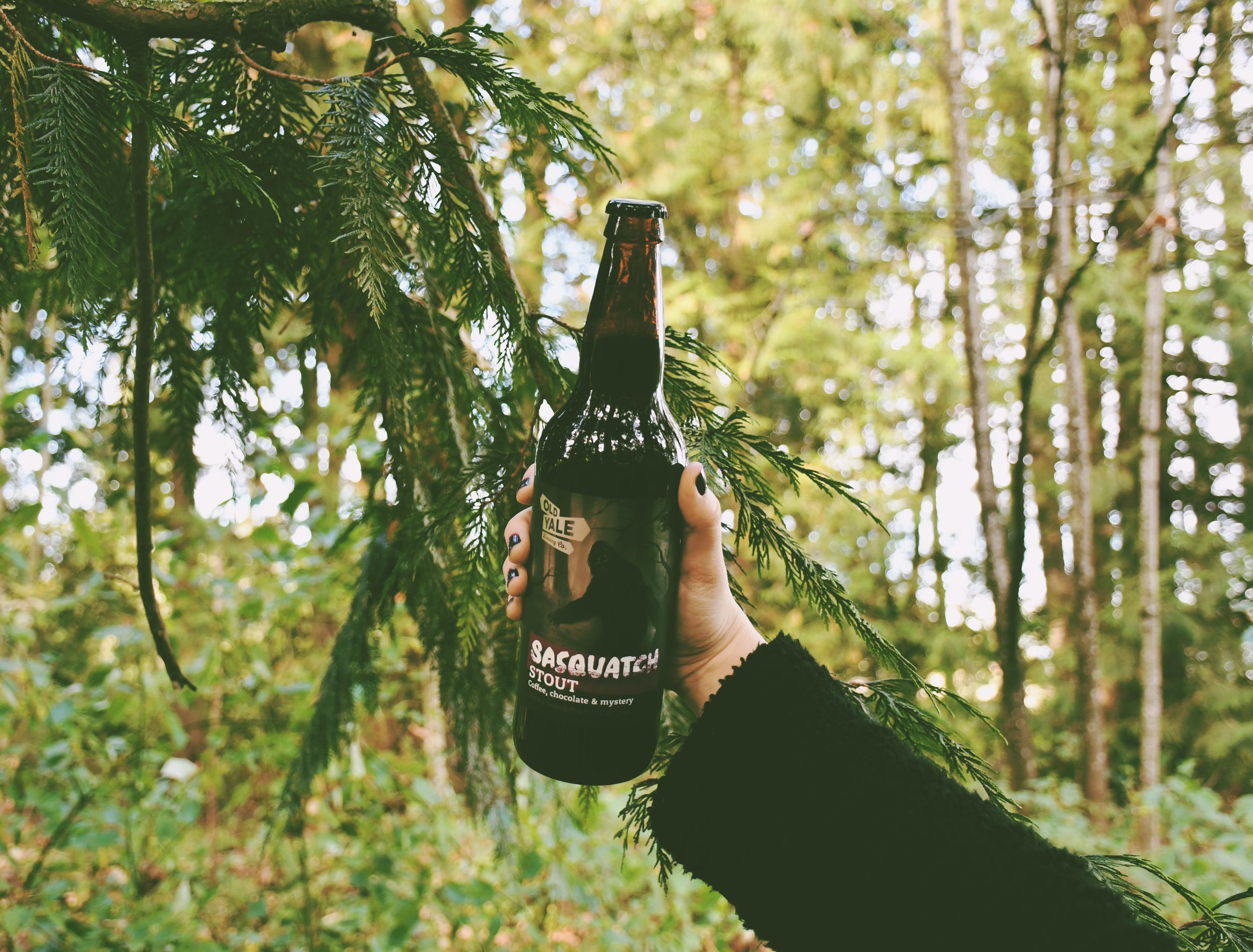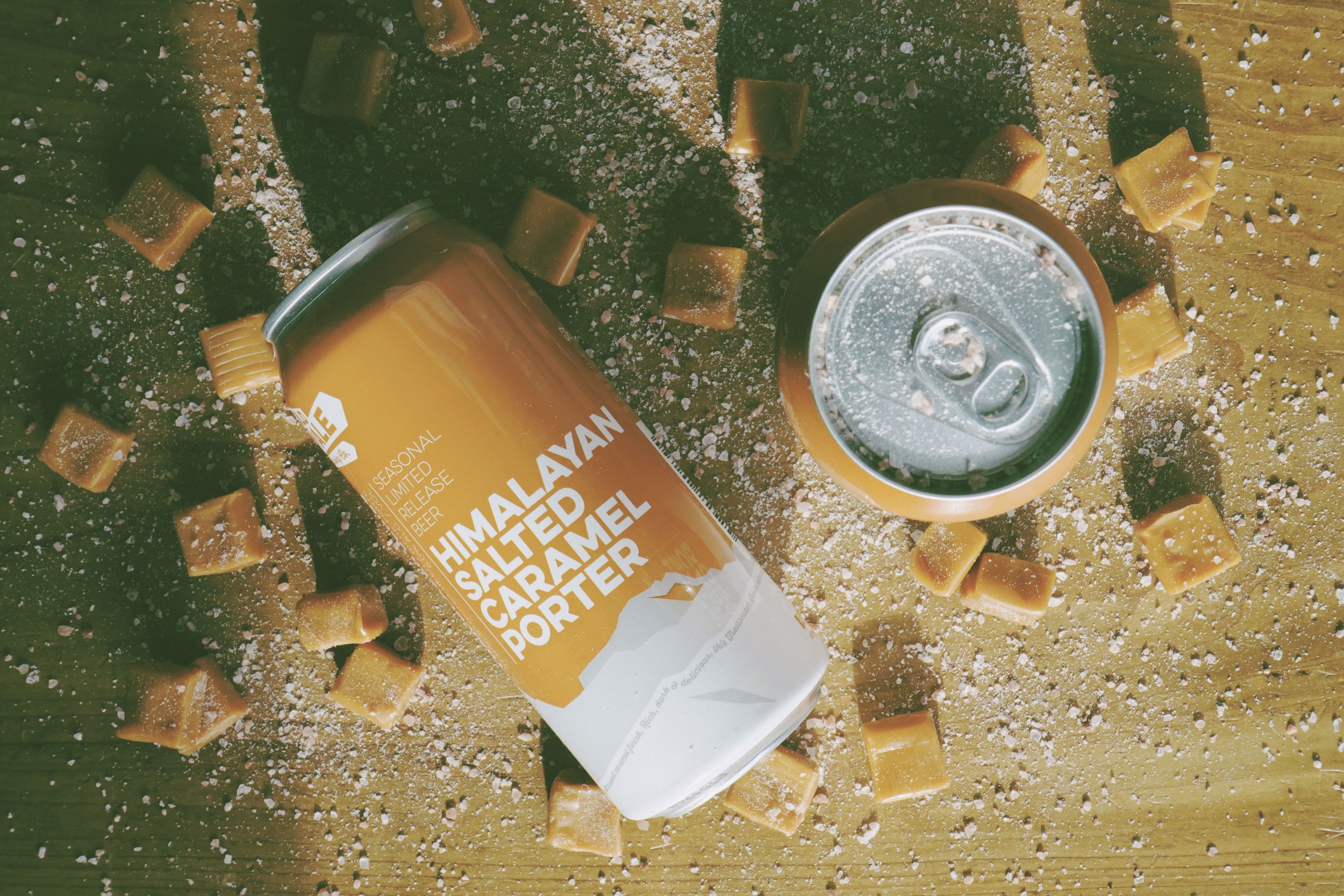Ever been confused about the difference between a Stout and a Porter? You’re not alone. The line between the two is blurry and it has caused MANY craft beer enthusiasts to debate the difference; is it the mouthfeel, the potency, the flavour? I mean we know what they have in common… they’re both dark, rich and delicious, but it’s hard to come up with a major difference, and we consider ourselves experts in drinking beer! So we turned to the real beer expert, our brewmaster Nick, to figure it out (we need answers!!). And let’s just say, it’s no wonder everyone’s confused! The difference is hard to pinpoint.
The legend of the Porter goes back to England, circa 1722. Rumour has it that the Porter was concocted by barman Ralph Harwood in a dark and rowdy London pub frequented by nearby porters (men whose job was to transport goods unloaded from ships to businesses in the heart of London). In response to the demand by the porters for a pint unlike any other, Ralph mixed together stale and fresh beer, the result: a dark, malty, medium-bodied brew. The “swamp water” style concoction was a hit and was thereby named after its admirers.
Eventually, the Porter was reverse-engineered by brewers (no, we’re not still blending together stale and fresh beer 😉) and grew into various styles including the darkest variation which was dubbed the “Stout Porter”. Yep, you got it, The ladder part of the name was dropped eventually and that is how the Stout came to be.
The popularity of the stout really skyrocketed in the coming year’s (thank you Guinness!) as beer drinkers grew fond of this unique, rich and creamy brew. This Stout craze left the porter to nearly disappear in the coming years, but luckily with the rise of craft breweries, the Porter was revived.
Today, brewers are all pretty mixed on what the difference is between a stout and a porter. BUT there is one thing they can mostly all agree on, the type of malt that should be used to brew each type of beer. Porters use dark malted barley and stouts are utilized unmalted roasted barley or black malt.
The type of malt used can make a big difference in the flavour profile of a beer. In general, because of the use of malted barley, Porters tend to be sweeter, with less burnt or roast flavours and a focus on more chocolate, caramel, and toasted malt character (drool). Our Himalayan Salted Caramel Porter has a brown Porter base, which lends smoothness and depth to its body. We added Himalayan salt, lactose and vanilla to add a sweet caramel finish leading to lingering saltiness on the palate.
Stouts have a bigger variance than Porters, but generally, all stouts will include the addition of roast barley and/or black malt. This imparts an espresso, roast and almost burnt flavour and aroma along with making stouts the darkest in appearance.
Our Sasquatch Stout tiptoes the line between Stout styles but is the most similar to an oatmeal Stout in which, as the name implies, flaked oats are used to give a silky round mouthfeel. A slightly more prominent bitterness helps accentuate the espresso and dark chocolate character from the malt. Smooth with notes of mocha, coffee and roasted barley.
So, even though there is a difference between a porter and a stout, in general, it is pretty elusive. But, really, let’s all remember the important thing: they are both very, VERY delicious. And that’s really all that matters. So thank you Ralph Harwood! You can find our Sasquatch Stout and our Himalayan Salted Caramel Porter available NOW in Private Liquor Stores, on tap in our Tasting Room and restaurants/ bars near you, and on our online store!






